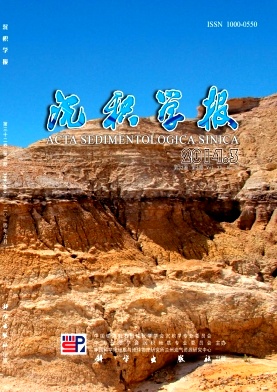Selecting Nodal Size for the Application of Combined Using Sieving and Laser Methods in Grain-size Analysis
- Received Date: 2013-05-07
- Rev Recd Date: 2013-08-13
- Publish Date: 2014-06-10
-
Key words:
- grain size analysis /
- sieving /
- laser /
- image analysis /
- consecutively using sieving and laser methods in size analysis
Abstract: Three common grain size analysis methods, including sieving, laser and image analysis, have their different applicability because of the varied measurement principles. Sieving and image analyses are accurate to measure size of sandy grains but not of muddy grains (<0.063 mm). In contrast, laser analysis can measure accurately the fine-grained size but not for coarse particles with size larger than 0.21 mm. It is therefore needed to combine using sieving and laser methods consecutively (SLMC) in order to measure poorly sorted natural sediment samples with wide size distribution. A nodal size of 2 mm is commonly selected to carry out SLMC size analysis, but the measurement precision is usually not good enough because of inaccurate probing of middle-coarse sand grains by laser method. It is recommended to choose 0.21 mm as the nodal size for SLMC size analysis, and the measurement accuracy can be effectively improved when poor probing size ranges of sieving and laser methods have been successfully avoided.
| Citation: | Selecting Nodal Size for the Application of Combined Using Sieving and Laser Methods in Grain-size Analysis[J]. Acta Sedimentologica Sinica, 2014, 32(3): 478-484. |






 DownLoad:
DownLoad: